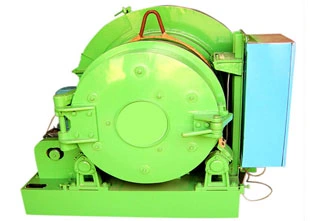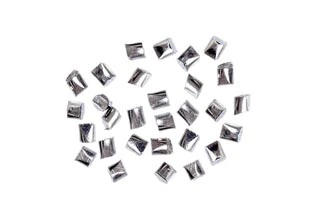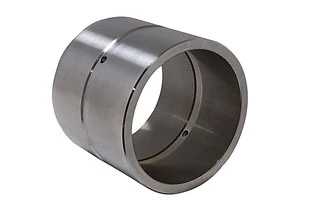Shot blasting is a highly efficient technique for preparing surfaces and is widely applied in different industries.
However, like any tool, it has specific applications it excels at and others for which it is unsuitable. Understanding what can and can’t be shot blasted will help maximize the efficiency of your shot blasting equipment while avoiding potential damage to delicate materials.
Materials That Can Be Shot Blasted
Metal
Shot blasting is best suited for heavy, durable materials, making metal an ideal candidate. Whether small metal parts, large industrial components, or even entire vehicles, shot blasting can effectively remove rust, scale, and other surface contaminants without compromising the material’s integrity.
Even new metal benefits from shot blasting, as the process creates an optimal surface for painting, powder coating, or other finishing applications.
While steel and iron are the most common metals processed through shot blasting, the technique can also be adjusted for softer metals like aluminum. The key lies in modifying the abrasive type and velocity to prevent excessive wear or deformation.
Painted Surfaces
Shot blasting is designed to completely strip materials from a surface, which includes removing old paint from metal components. If your goal is to strip paint and prepare metal for refinishing, shot blasting is an efficient solution. However, if you wish to preserve an existing paint layer, shot blasting is not recommended, as it will remove the coating entirely.
Materials That Cannot Be Shot Blasted
Glass and Porcelain
A common misconception is that shot blasting and sandblasting are interchangeable. While sandblasting can be adjusted for delicate materials, shot blasting is far too intense for fragile surfaces like glass or porcelain. The high-impact force of metal shot would likely shatter these materials, making alternative methods such as bead blasting or chemical etching more suitable.
Wood
While abrasives like sandpaper and sandblasting are commonly used to smooth and prepare wood surfaces, shot blasting is not recommended. Even with lower speeds and milder abrasives, wood is too soft to withstand the impact of shot blasting, which can cause splintering, gouging, or structural damage. For wood preparation, sanding, wire brushing, or low-pressure air blasting are better alternatives.
Shot blasting is an invaluable tool for surface preparation, but its effectiveness depends on using it for the right materials. Metals and painted surfaces are ideal candidates, while fragile materials like glass, porcelain, and wood should be treated with gentler methods. Understanding these limitations ensures that shot blasting remains a precise, efficient, and safe surface preparation technique.
 English
English


